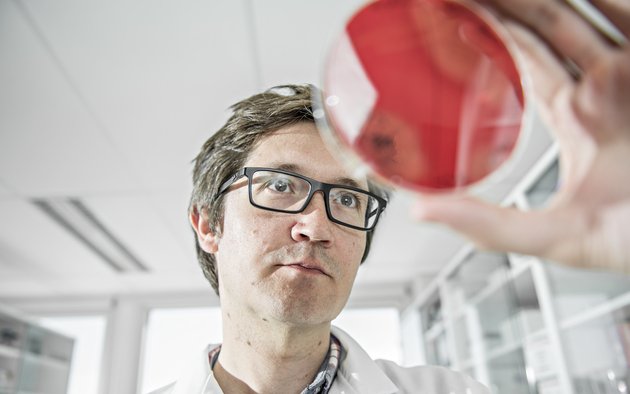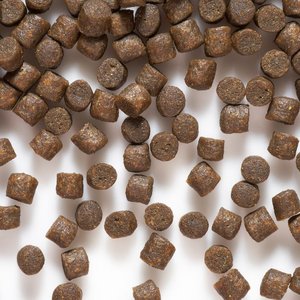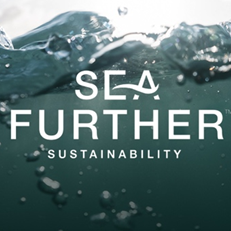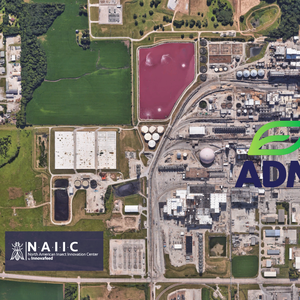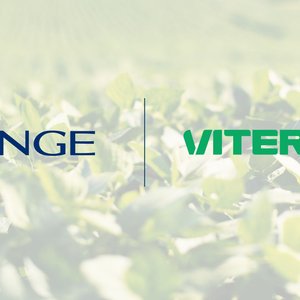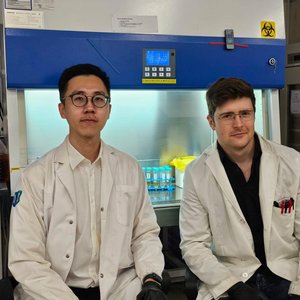The intestines of animals are teeming with bacteria, affecting how animals digest their food. Studying these microbes is therefore an interesting part of research when investigating the effects of feed on animals, also for farmed fish. However, recent research sheds new light on the value of these studies.
It all started when scientists at the Nofima research institute conducted a trial where they fed farmed salmon and measured parameters such as the fish’s feed utilization, growth and bacterial profile in the intestine. It was a very common type of trial in which the methods they used met standards to which the research community is committed.
However, the scientists became suspicious about the bacteria they apparently found in the salmons’ intestines. They investigated further and found that the method of DNA sequencing that they had used, which has been commonly applied by a large number of researchers over the past ten years, has its limitations. Researchers found that analyses conducted from sequenced DNA of the intestinal flora do not take into account that microbes found in the intestine may be dead bacteria that come from the fish feed. The problem is that it has not been common practice to include the feed when studying the intestinal flora in fish, according to fish health scientist Christian Karlsen and microbe scientist Ida Rud from Nofima.
Is the DNA sequencing method the problem?
No, according to the researchers. “The method, which is a form of deep sequencing, provides many possibilities and can identify thousands of bacteria in a sample, but one must be aware of its limitations,” said Karlsen. “There has probably been an assumption that the fish intestine is similar to that of other animals, which have a complex microbiota community in the gut. Therefore, one may not have thought that a few microbes accompanying the feed play a major role.”
Only a few types of bacteria in the gut, but many in the feed
Fish intestines seem to have a relatively simple microbe community, where just a few groups of bacteria dominate. However, the raw materials in fish feed contain many nutrients that various microbes are able to utilize. Even if these microbes die during processing, their DNA can be carried by the feed and into the fish’s intestine, such as lactic acid bacteria that are often associated with plant-based raw materials.
Rud said that the inadequacies of many studies may be due to a very optimistic attitude to the DNA sequencing method when it arrived. “We must not indiscriminately transfer methodologies and interpretations from studies on humans and mice to fish.” She believes that scientists still know little about the microbial life in fish intestines.
Must be done differently in the future
According to the scientists, anyone intending to conduct feed studies where the mapping of intestinal flora is included must perform the studies differently. “From now on, we check DNA sequencing from the gut in relation to the feed that has been used or sequence microbial RNA to identify the active microbes. We can also combine it with cell cultivation to isolate these microbes,” said Rud.
Karlsen and Rud believe that there is a long way to go before we understand the role played by microbes in fish intestines regarding the digestion of the feed and further impact on fish health.
Check out the study here.


